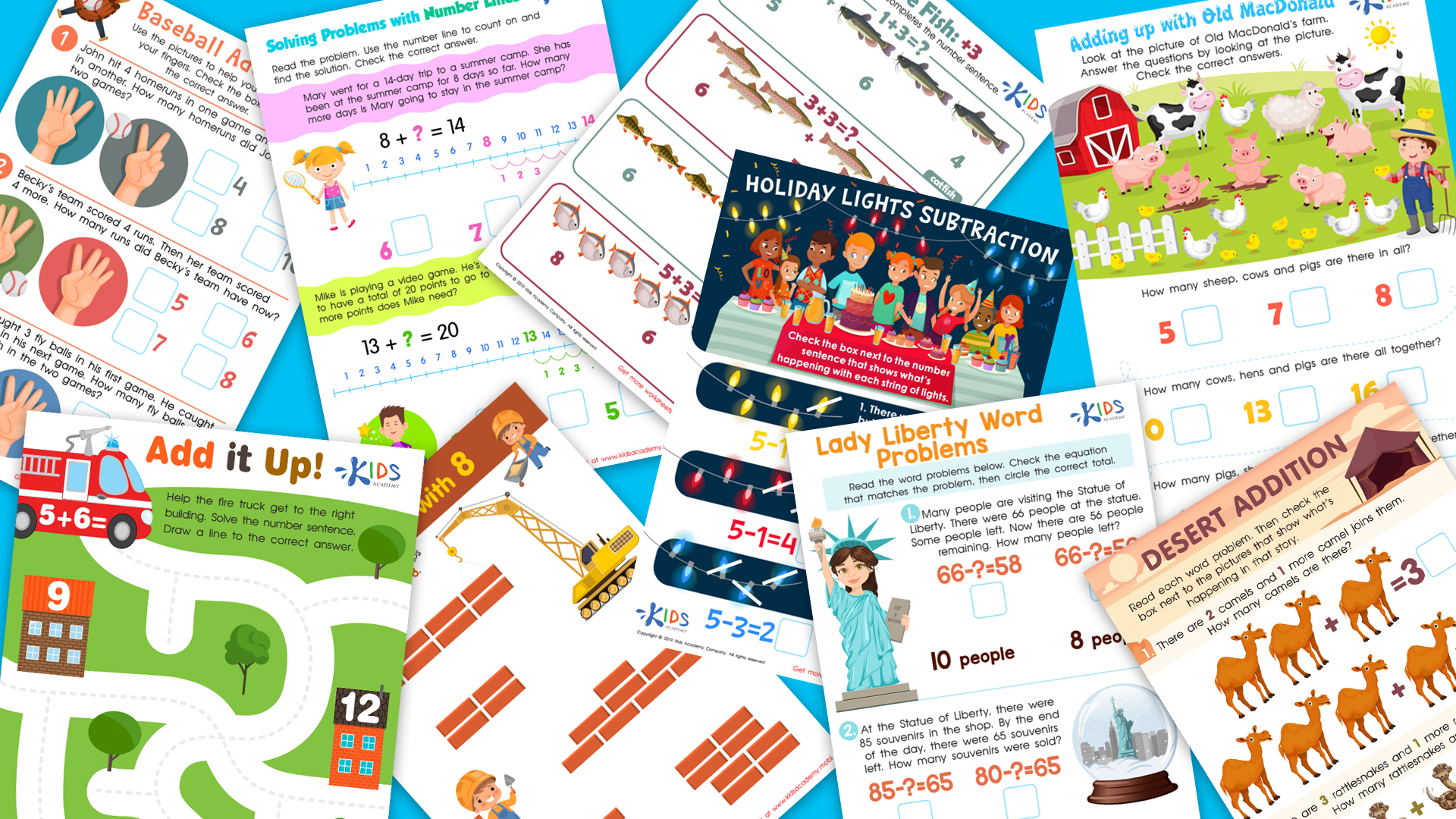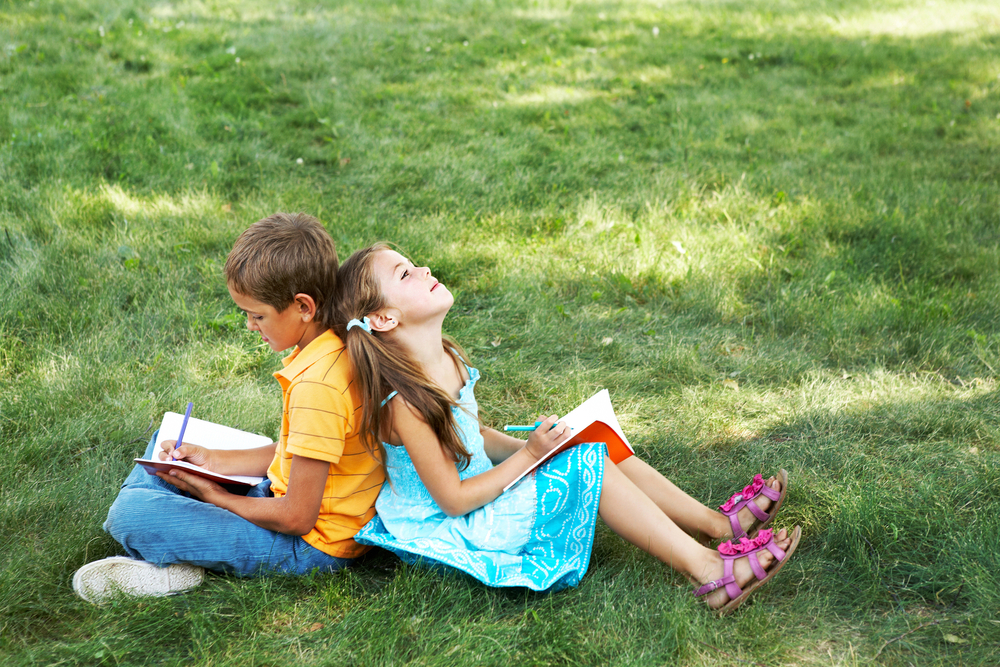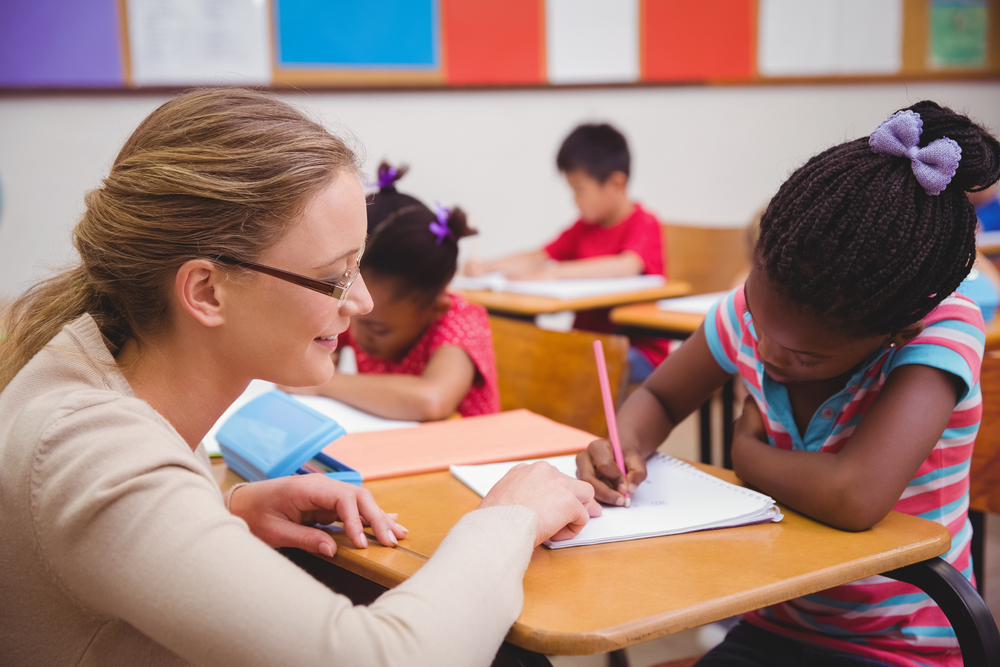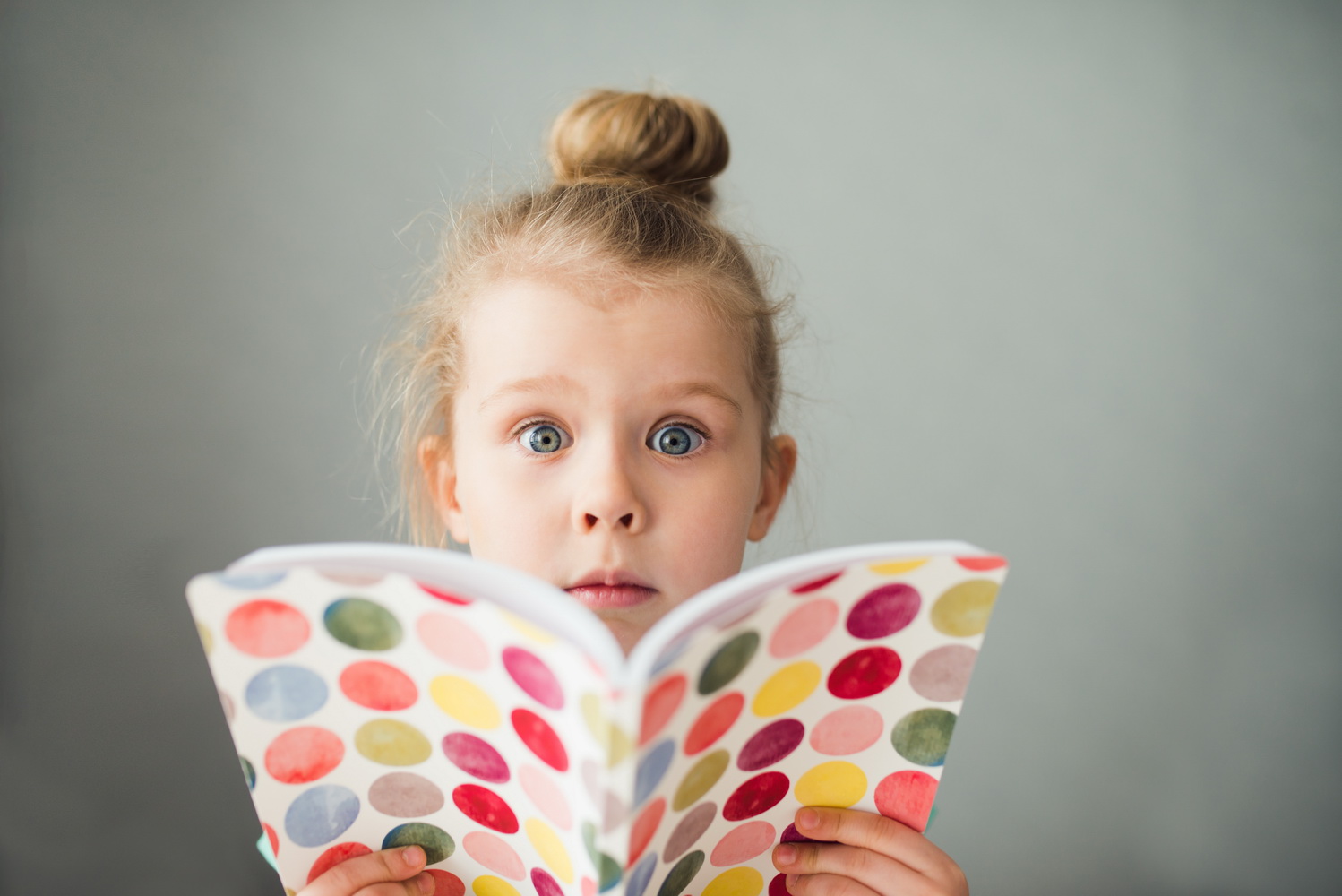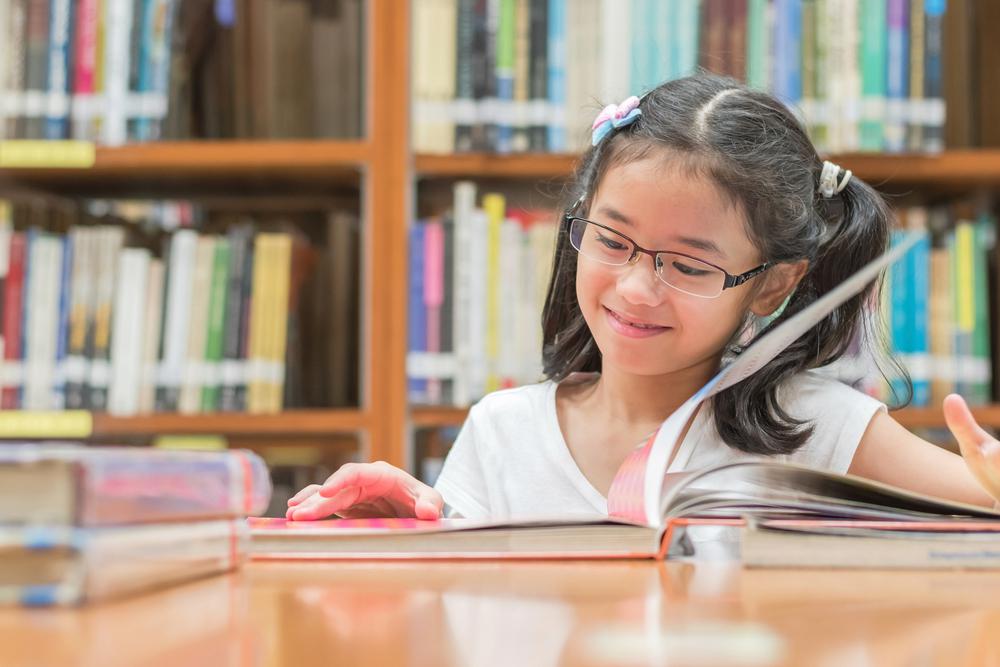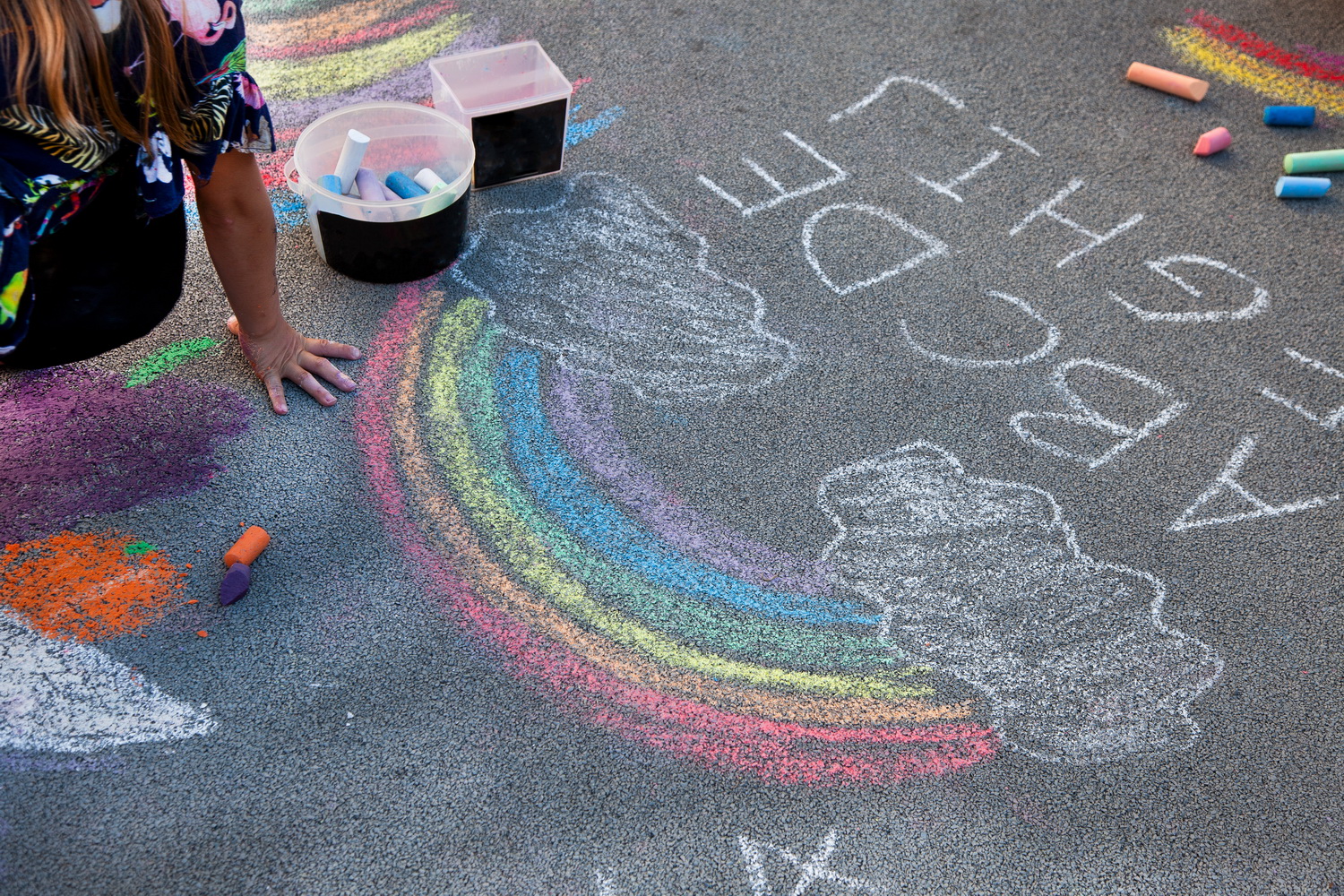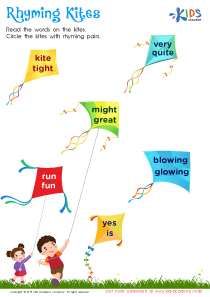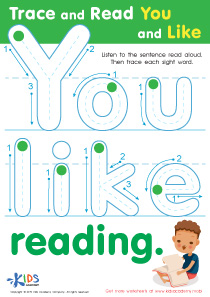Story sequencing Normal Grade 1 Reading Comprehension Worksheets
6 filtered results
-
From - To
Enhance your Grade 1 students' reading comprehension skills with our engaging Story Sequencing Worksheets! Designed for young learners, these worksheets focus on helping kids understand the order of events in a story. Through fun exercises and relatable narratives, students will learn to identify key events, make connections, and improve their critical thinking abilities. Tailored to the normal grade level, these printable resources provide an effective way to reinforce reading skills in the classroom or at home. Boost your child's comprehension and sequencing abilities today with our user-friendly materials that promote literacy while making learning enjoyable! Discover the joy of storytelling with us!
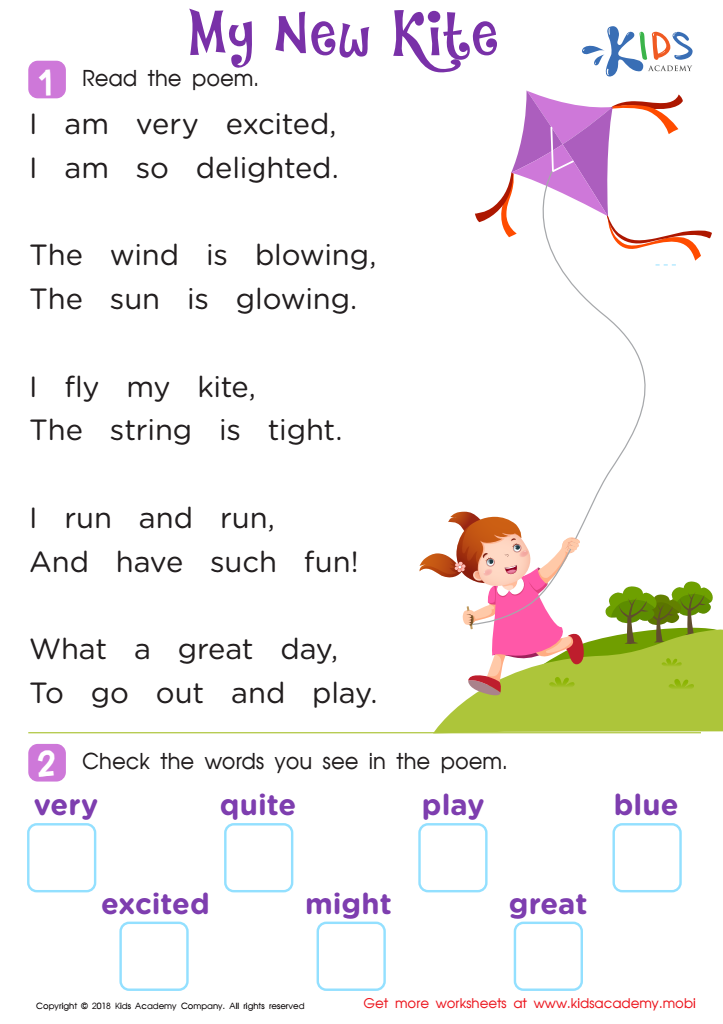

Poem: My New Kite Worksheet
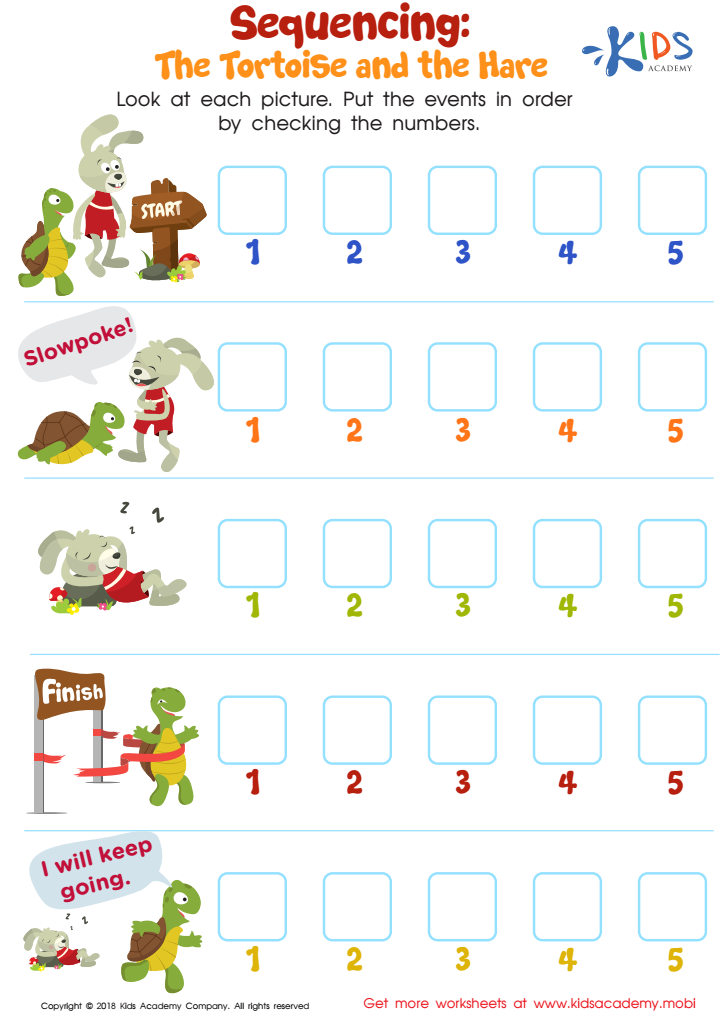

Sequencing: The Tortoise and the Hare Worksheet
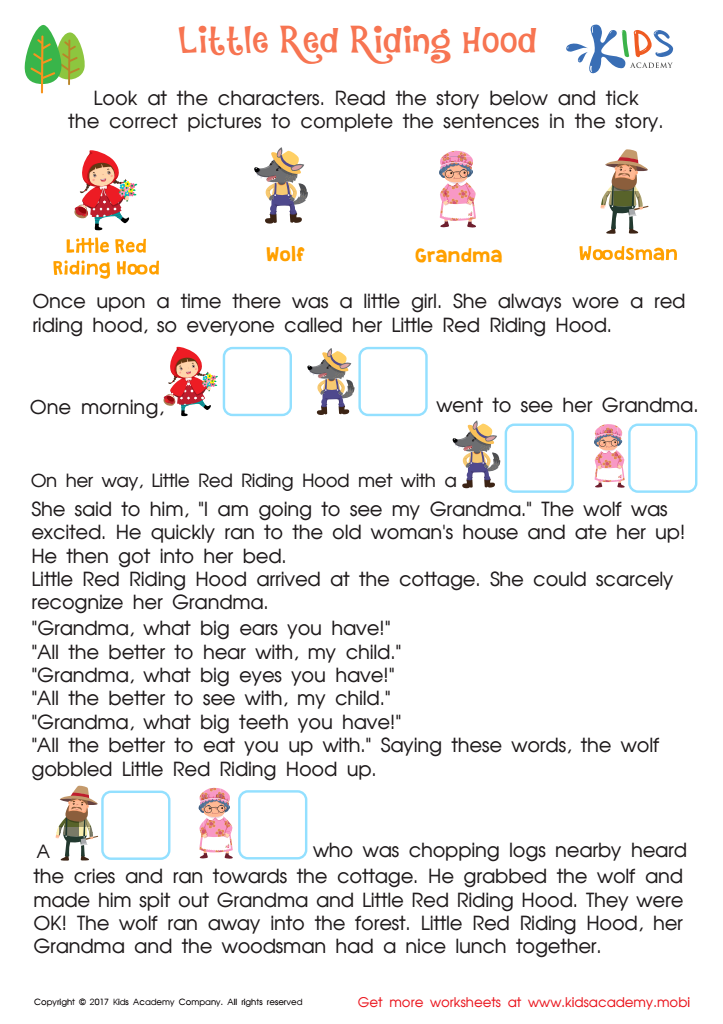

Little Red Riding Hood Printable


Cinderella: Beginning, Middle and End Worksheet
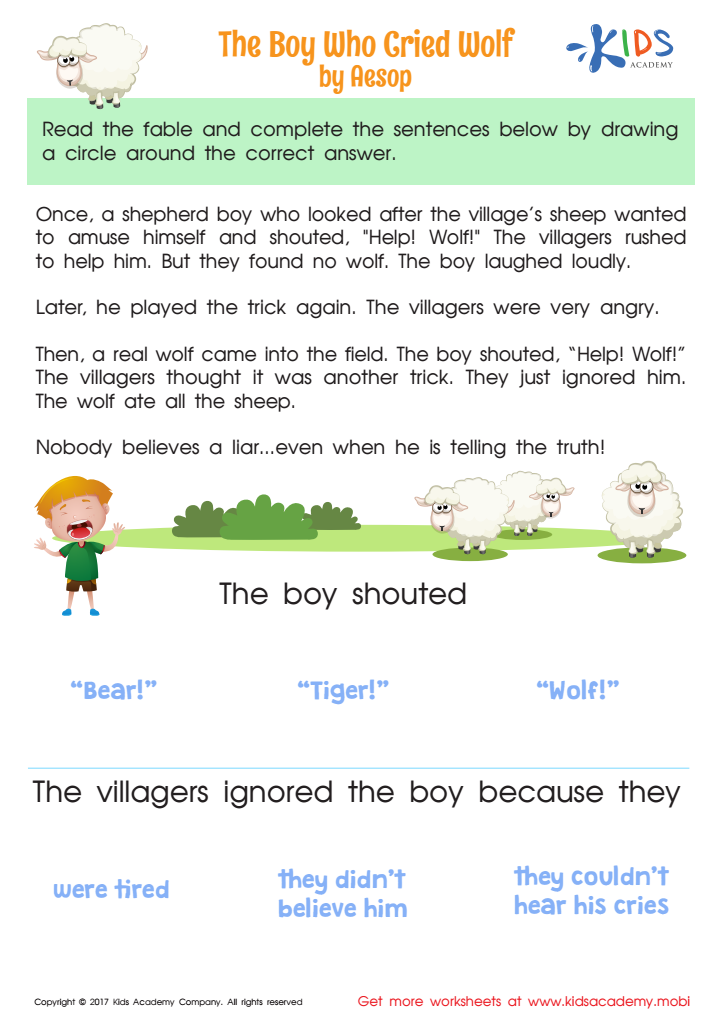

The Boy Who Cried Wolf Worksheet
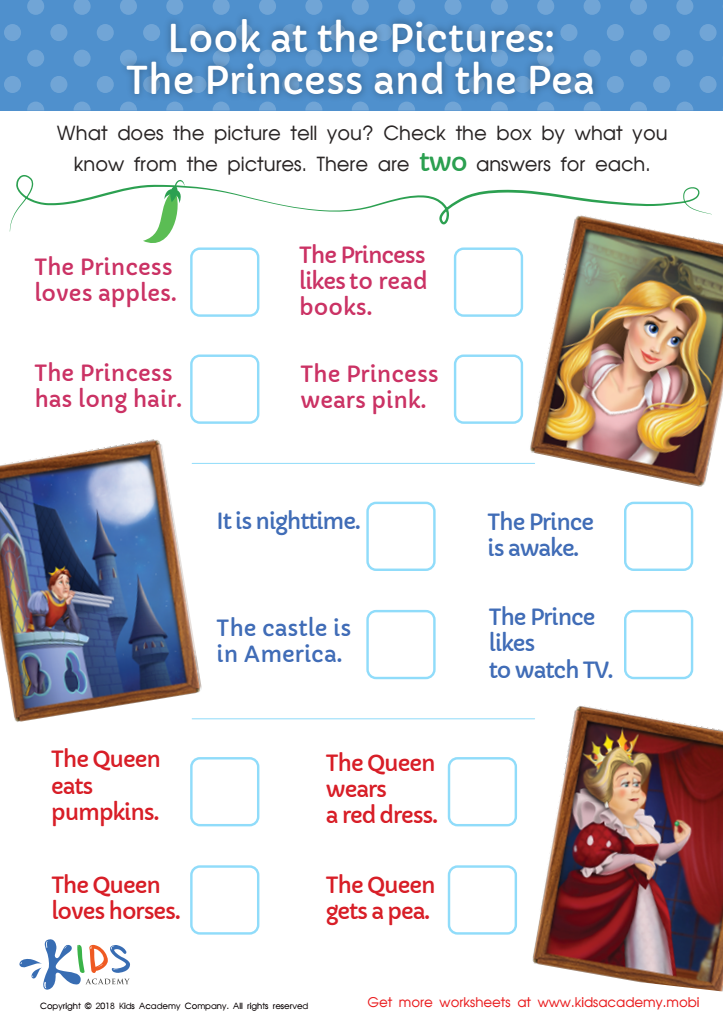

Look at the Pictures: The Princess and the Pea Worksheet
Story sequencing is a fundamental aspect of reading comprehension, particularly for Grade 1 students. As children begin to engage with stories, understanding the order of events is crucial for grasping the overall narrative and its underlying messages. Parents and teachers should care about this skill for several reasons.
First, mastering story sequencing enhances a child's ability to recall details, making it easier for them to retell stories at home or in the classroom. This creates a deeper connection to the material and encourages more engaged reading habits. Additionally, sequencing aids in the development of critical thinking skills; students learn to analyze how events are linked and how actions lead to consequences.
Moreover, story sequencing fosters vocabulary development. By piecing together events, children encounter new words in context, facilitating better understanding and retention. This ultimately supports academic growth across subjects.
Finally, nurturing this skill helps boost confidence. As children successfully navigate and articulate their understanding of stories, they develop a sense of accomplishment that motivates further learning. Therefore, prioritizing story sequencing in Grade 1 enhances comprehension, critical thinking, language skills, and confidence, laying the foundational stones for lifelong learning.

 Assign to My Students
Assign to My Students




